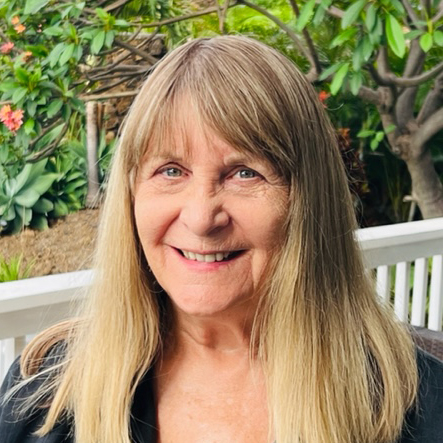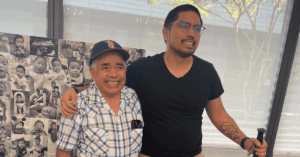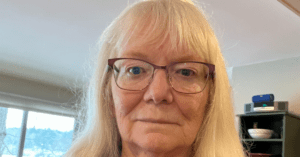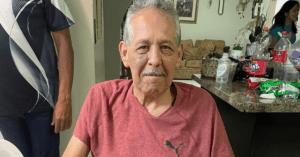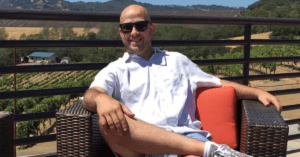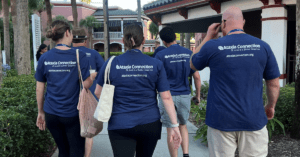Life as I knew it, irrevocably changed fifteen years ago. It wasn’t an immediate event, but a slow, unraveling of my ability to move about normally. The rare, inherited condition that my Norwegian grandmother called the “falling disease” chose me, and I lost the genetic lottery. Most of my adult life I had been athletic and dedicated to fitness, but at age 60, when I was setting off on a run or cross-country skiing, I could not get my legs to move, and found myself increasingly off-balance with uncharacteristic muscle fatigue.
I wobbled when I walked, often veering off to the left. Increasingly I became afraid to step off a sidewalk curb without holding on to my husband’s arm. Up until then, I was an outdoorswoman who loved backpacking in the mountains, skinny-dipping in cold mountain lakes, running before dawn, and skiing or snowshoeing. This could not be happening to me. Whose life was this? Why was I slowly transforming into someone I did not recognize? But life had other ideas, “Not so fast. There is more to teach you, and its name is Ataxia.”
It took me many years to accept having a degenerative disease with a movement disorder. I eventually learned how to modify and adjust physically, but it surprised me how easily I slipped back into resentment and frustration each time I had a major set-back. As a retired professor of psychology and therapist in private practice, I dedicated my professional life to helping others. But a degenerative disability is unique. Unlike a specific traumatic event or a situational challenge, the process is not a one-time event or issue. It is unrelenting, incurable, and often gets worse over time, requiring immense emotional strength and endurance.
Years before I had a disability, I did personal work to heal the wounds of my past and I counseled patients who had suffered traumatic events in their lives. With all this experience, I should have been better prepared, but all that knowledge and understanding wasn’t enough. Ataxia is different. A physically debilitating illness, that is incurable and degenerative, is not a one-off event but requires continued vigilance. It is not in the past; it is a daily presence that is relentlessly and continually frustrating.
What has helped me along the way has been creating greater emotional resilience. It is often an overlooked part of the treatment protocol, with more emphasis on the physical therapy and new drug protocols. The body-mind-heart-spirit connection requires us to pay attention to our emotional responses as well. It is a different type of strengthening, but one that is necessary to endure the years ahead and thrive despite ongoing changes to my movement and abilities.
Emotional resilience may be created through self-talk through connecting to our inner voice, reframing expectations, and releasing feelings through some form of creative expression like journaling, poetry, painting, music, and other art forms. Emotional resilience means developing a healthy adaptation to being differently abled. It is the foundation upon which I am starting to rebuild my perspective, rewriting a narrative that is imperfect but still valuable in the world. I hope we can all find a creative outlet for our emotional responses to Ataxia. No longer a victim of our disease, we become the author or artist, the one in charge. Greater resilience does not mean we stop being angry or despondent, it means that we build greater insight and compassion for our condition.
I was always going to write a book based on some aspect of psychology in retirement, I didn’t think it would be on a rare disease with a degenerative movement disorder called Ataxia. That has been a bit of a surprise. But life brings us both struggles and gifts when we least expect it, the dark and the light. My shattered dreams and expectations are a trauma I must work through, learning to accept the reality of my present life. I have no choice.
About Kathryn Smith-Hanssen, PhD
I am 74 years old, a retired professor of psychology and administrator of an international environmental NGO. I have two married daughters, two grandchildren, three married stepsons and three step-grandchildren. My husband and I split our time between Washington state and Hawai’i, with frequent camping trips in our small RV now that I can’t hike anymore. I am finalizing a forthcoming book focusing on the emotional struggles of those dealing with Ataxia or any mobility disorder. All proceeds will benefit the ATF.


